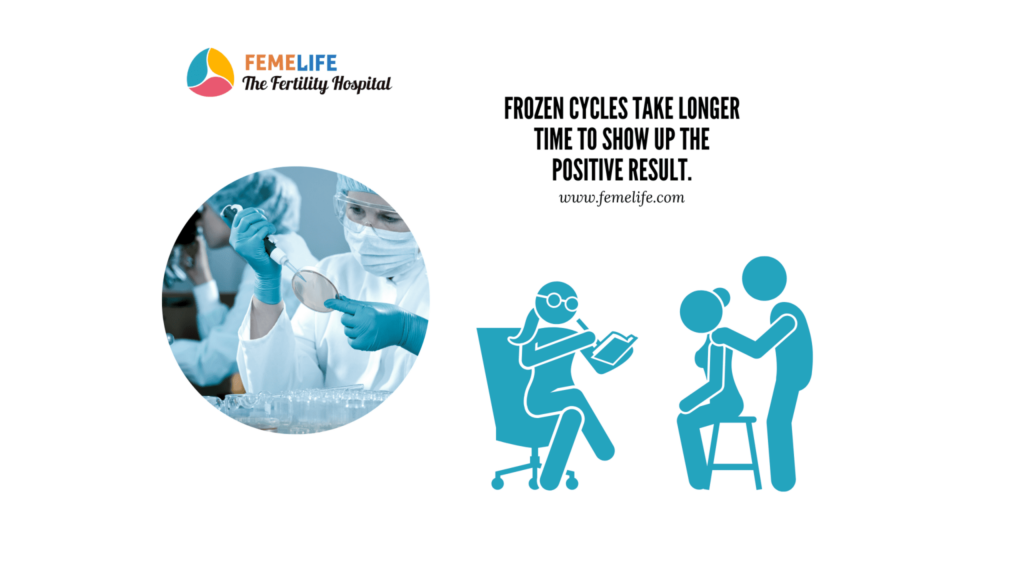What is preimplantation genetic testing?
Preimplantation genetic diagnosis (PGD) is a procedure used prior to implantation to help identify genetic defects within embryos.
Biopsy of a single cell per embryo, followed by its genetic diagnosis through different techniques (FISH, PCR, aCGH or NGS ), and the subsequent replacement to the patient of those embryos classified by genetic diagnosis as normal.
PGD was first reported in 1990.
PGD combines the recent advances in molecular genetics and in assisted reproductive technology.
Pre-Natal vs Pre-implantation Pre-natal diagnosis
Pre-implantation diagnosis
Diagnosis before birth of the child
Diagnosis before implantation of the embryo
Amniocentesis, Chorionic villi sampling, fetal blood sampling
Polar body, cleavage stage and blastocyst stage biopsy
When to do PGD?
Couples with any genetic disorders
Couples with recurrent implantation failure
Couples having a previous child diagnosed with a genetic abnormality
Family history of inherited diseases
Maternal age >38
Couples with any suspicion of chromosomal disorders like aneuploidy, translocation, deletion, insertion or inversion
Miscarriages
Previous Abortions
Severe male factor infertility
Family balancing
For HLA typing for the previous live sibling
How preimplantation genetic testing is done?
Genetic diagnosis and counseling
Ovarian stimulation and oocyte retrieval
Fertilization by ICSI
Embryo culture
Day3 / day5 embryo biopsy
Tubing and transfer
Genetic analysis testing Results obtained
Transferring good embryos into the uterus
What are the procedures before genetic testing?
Ovarian stimulation
Oocyte retrieval
After 36 hours of ßhCG administeration, the mature eggs are collected by puncturing the follicles of the ovary.
ICSI
Embryo biopsy
DAY 3 Biopsy
After creating an opening in the zona pellucida using laser shots or acid tyrode solution, the blastomeres are aspirated using blastomere biopsy needle.
The biopsied blastomeres are tubed and transferred safely to the testing laboratory
How good embryo is selected?
DAY 5 biopsy
Blastocyst biposy/ trophoectoderm biopsy
The fully expanded blastocyst was postioned in a way that the ICM is opposite to biopsy needle and held by the holding pipette
Laser shots on the zona pellucida, the biopsy needle inserted into the blastocyst and aspirated some of the trophoectoderm cells (ICM forms the fetus)
The aspirated TE cells were pulled out by giving laser shots in the junctions
The biopsied cells were tubed and transferred to the genetic testing laboratory
What is Genetic analysis testing?
Single-nucleotide polymorphism (SNP)
Comparative genomic hybridization (CGH)
Quantitative polymerase chain reaction(qPCR)
FISH
Next-generation sequencing (NGS).
To analyse single cells or disease – specific DNA mutations, linkage analysis and DNA sequencing. NGS has the potential to improve genetic diagnosis in embryos.
How PGD helps couples?
Increase in implantation rate
Reduction in pregnancy losses
Reduction in the chances of a child born with aneuploidy or any genetic defect
Reduced misscarriages
Identifies abnormal embryos
No multiple pregnancy risks
What are the risks of PGD?
Embryo biopsy are invasive procedure
Risks of disturbing the ICM
Misdiagnosis by producing false negative /false positive results
Increased chances of mosaicism
Expensive
Labour intensive
IVF risks
May provide results of no normal embryos for transfer
Read More

